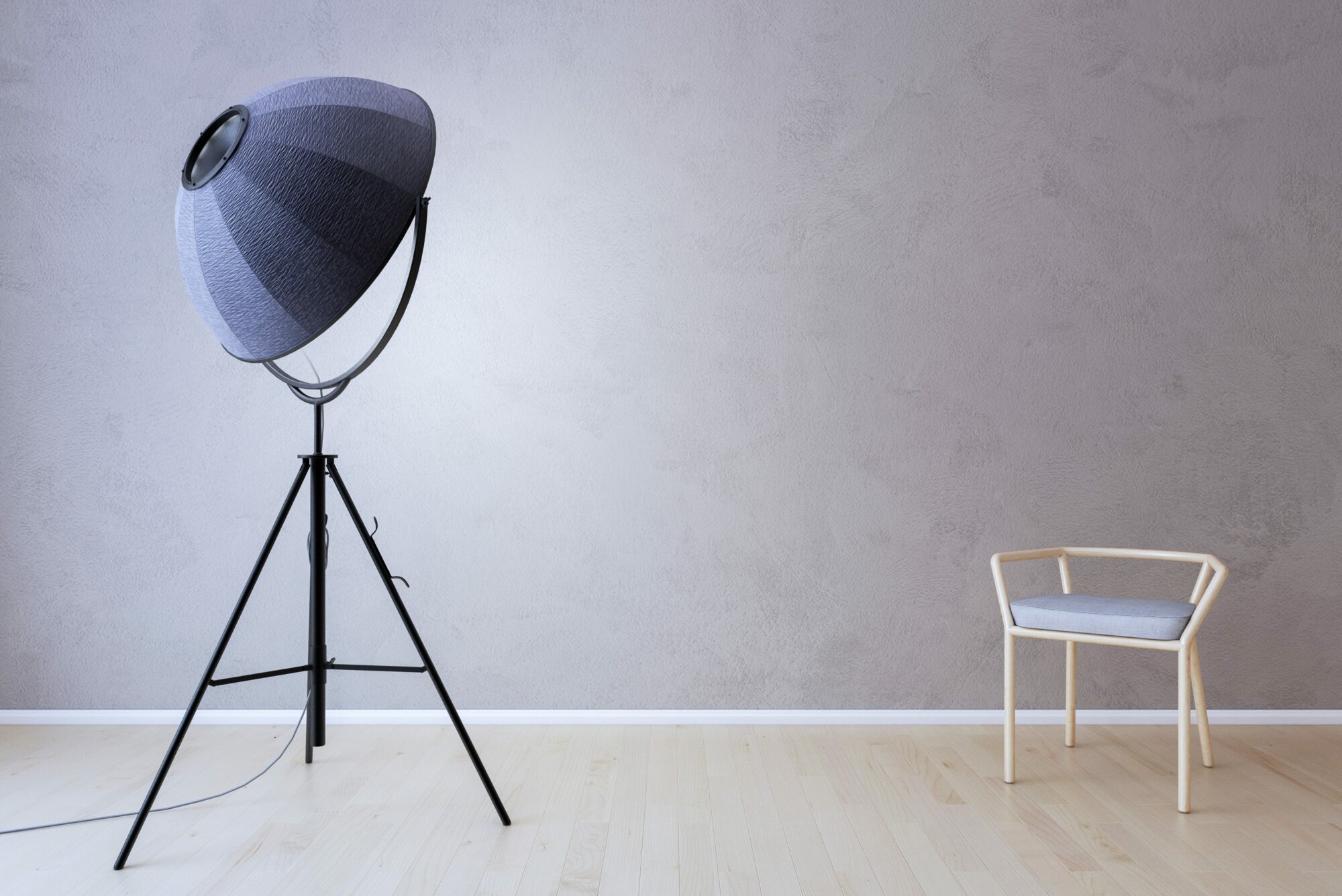Have you ever found yourself scrolling through an online ad, only to be stopped in your tracks by a visually arresting image? There’s a secret sauce to that kind of impact, and often, it’s all about the backdrop. The right background can elevate a product from mundane to mesmerizing, transforming the mundane into something magical. But how does one navigate the myriad of choices to find that perfect scene? That’s the journey we’re embarking on today.
Understanding the nuanced dance between subject and background is crucial. It’s not just about what’s in the spotlight; it’s about the entire composition playing harmoniously to tell a story. This narrative can shift dramatically with a change in setting, much like how a change in scenery can alter the mood of a play. Thus, the quest for the ideal backdrop becomes a pivotal part of the creative process in advertising photography.
For those diving into the world of product photography tips, it quickly becomes apparent that the background choice is as strategic as it is aesthetic. It’s a canvas that either complements or conflicts with the product. This decision can make or break the visual appeal of the advertisement, influencing the viewer’s perception and, ultimately, their buying decision.
Yet, the challenge doesn’t end with simply choosing a background that’s aesthetically pleasing. The real mastery comes in understanding its psychological impact. Colors, textures, and even the amount of space can evoke emotions, set a tone, and subtly guide the viewer’s perception. A bright, airy background might convey freshness and lightness, ideal for organic products, while a dark, moody backdrop might suggest luxury and exclusivity, perfect for high-end gadgets or jewelry. The key lies in aligning the background’s narrative with the brand’s story and the product’s unique selling proposition.
Moreover, the practicality of the chosen backdrop plays a significant role. Considerations such as the ease of setup, the need for post-production edits, and how the background interacts with the product are paramount. A complex, busy background might detract from the product, while a too simplistic backdrop could fail to convey the desired message or emotion. Therefore, striking the right balance between complexity and simplicity becomes a dance of precision.
In the realm of advertising photography, experimentation is not just encouraged; it’s essential. Experimenting with different backgrounds, observing their effects on the product, and gauging audience reactions can yield invaluable insights. This iterative process helps in refining the visual strategy, ensuring that the chosen backdrop contributes positively to the product’s presentation and the overall impact of the advertisement.
Amidst this creative exploration, technology emerges as a beacon of innovation, offering tools that can simulate various backgrounds, thus broadening the horizon for advertisers. Digital backdrops and green screens allow for the seamless integration of products into any imaginable environment, from bustling cityscapes to serene beaches. This not only reduces logistical challenges but also opens up a world where creativity knows no bounds. Yet, the authenticity of a physically crafted set or a naturally occurring backdrop holds its unique charm, often resonating more deeply with audiences seeking genuine connections.
As advertisers weave through the intricate process of selecting the perfect background, the ultimate aim is to create a compelling visual narrative that captivates and converts. It’s a meticulous blend of art and psychology, where every element, no matter how seemingly insignificant, plays a crucial role in the storytelling. The choice of background, therefore, is not just about aesthetics; it’s about creating an experience, an ambiance that envelops the viewer, inviting them into the world of the product.
In conclusion, the journey to picking the perfect backdrop for advertising photos is as complex as it is creative. It demands a keen eye for detail, a deep understanding of the product’s essence, and an openness to experiment. So, next time you’re tasked with choosing a background, remember it’s an opportunity to tell a story, to evoke emotions, and to craft an experience that leaves a lasting impression. Isn’t that the essence of effective advertising?

